Reframing GEORG PENCZ, Portrait of a Young Woman, probably Christina Schweitzer, 1547, Minneapolis Institute of Art
Posted: 04 Jun 2025 by PML
The true identity of this young woman has only recently been established; she is almost certainly Christina Schweitzer of Nuremberg, and her assured and self-contained likeness is one half of a pair of marriage portraits, both painted in 1547, of which the other is Pencz's image of Thomas (?) Schweitzer in the Alte Pinakothek, Munich. The pair may have become separated by the mid-19th century, when the portrait of Christina seems to have been in Karlsruhe, whilst her husband's moved through various private collections in Germany.
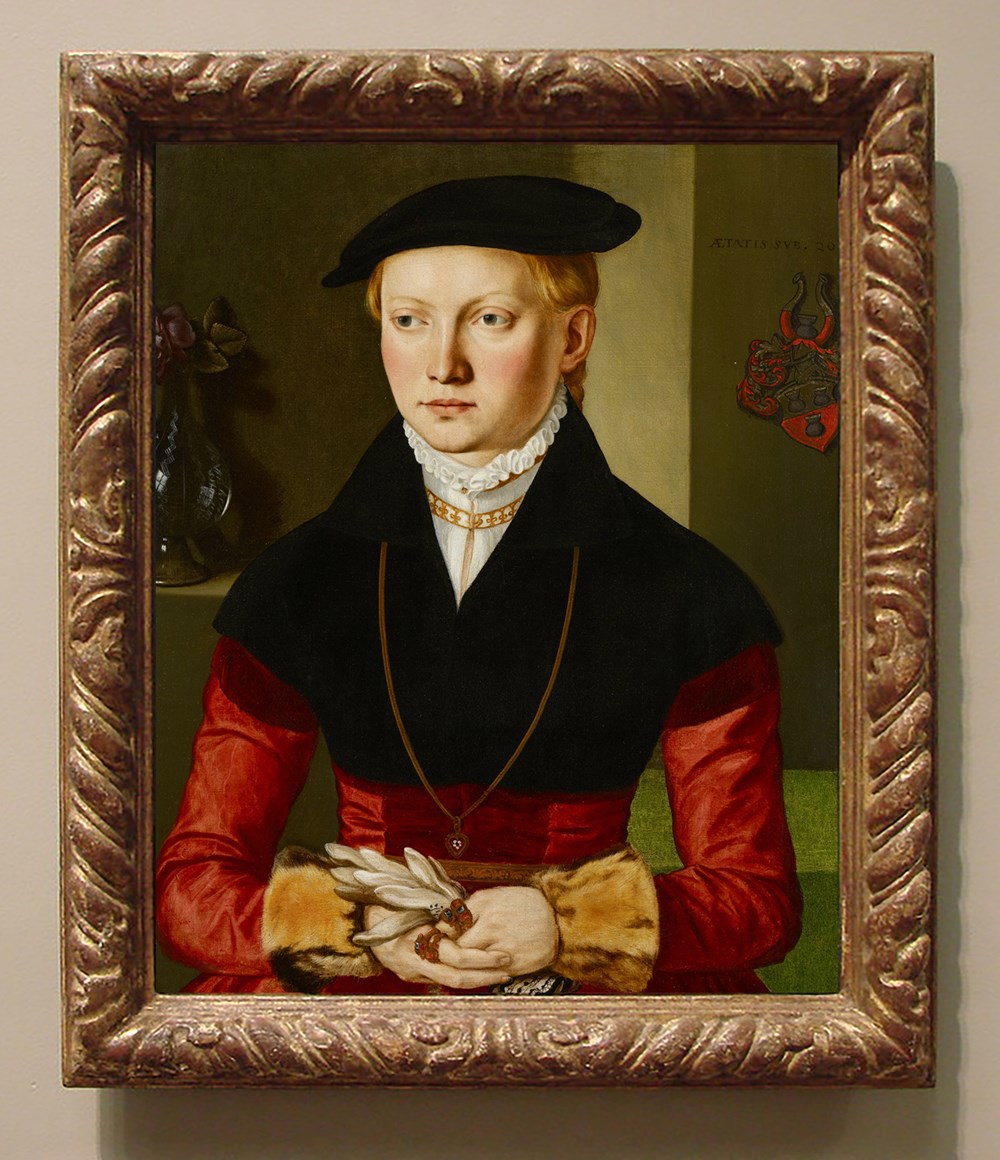
Georg Pencz (fl. c.1500/02-50), Portrait of a young woman (possibly Christina Schweitzer), 1547, o/c, 61.28 x 49.85 cm., in previous frame, Minneapolis Institute of Art
At some point in her journey, she was given a giltwood torus frame carved in Baroque style with a bulky spiralling rope pattern - a frame which contrived to be at the same time too heavy for the delicacy of the painting, and too narrow to let it breathe. The sitter seemed to be imprisoned by this chunky moulding, which had nothing to do with contemporary framing styles in 16th century Germany.
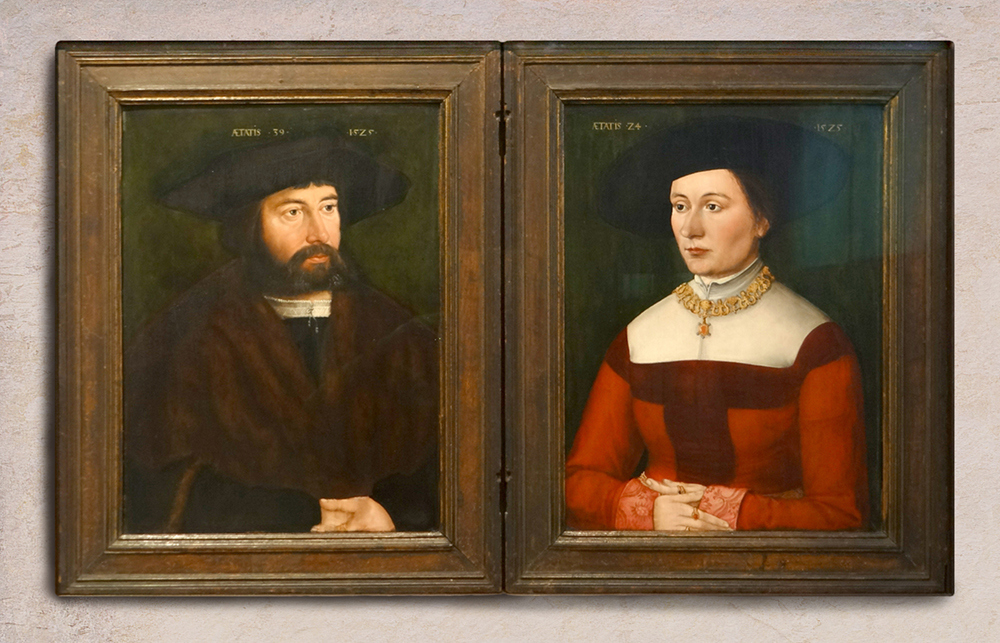
Hans Plattner (c.1495-c.1562), diptych with the Portraits of Hans and Barbara Straub, 1525, oil on panel, each 49 x 36 cm., Germanisches Nationalmuseum, Nuremberg
These tended to be polished or ebonized wooden cabinetmaker's frames, occasionally gilded, related in section and structure to the Italian cassetta, and made up of a central flat frieze bordered at the contour and sight edge by small shaped and stepped mouldings. The double portrait above, with compositional poses very similar to Pencz's, retains its original frames which are good examples of the style. Because the figure is usually very closely contained - sitting right up to the bottom sill of the frame, and with very little background on the other three sides - the wide flat border opens up the composition, lending the subject the illusion of more convincing depth and spatial recession.
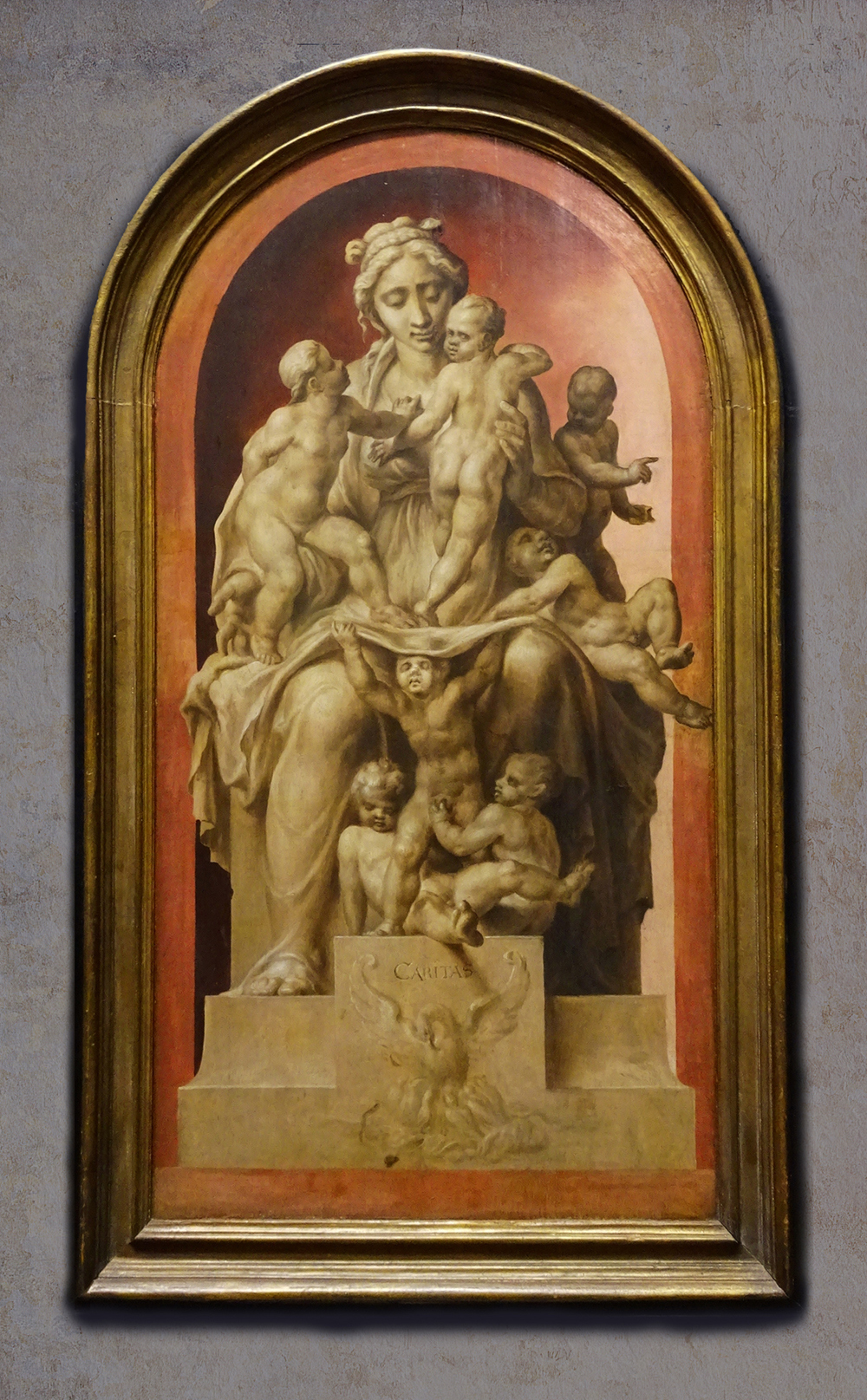
Maerten van Heemskerck (1498-1574), Caritas, c.1545, Kunsthistorisches Museum, Vienna
This type of frame remained in fashion for quite a long period, since it was extremely versatile - adaptable to mythological paintings, sacred or associated works and still life subjects, as much as to portraiture. It was also international in its use, from the original frame of Heemskerck's Caritas in the Netherlands (the central and sole remaining panel of a triptych of the Virtues), to a contemporary inscribed Spanish frame re-used for Fernando Yáñez de la Almedina's Head of Christ (c.1506) in the Metropolitan Museum, New York.
It could also be hung against harmonizing or contrasting wooden panelling, painted wood or plaster, and still isolate the painting from external disturbance and increase the focus of attention upon it.
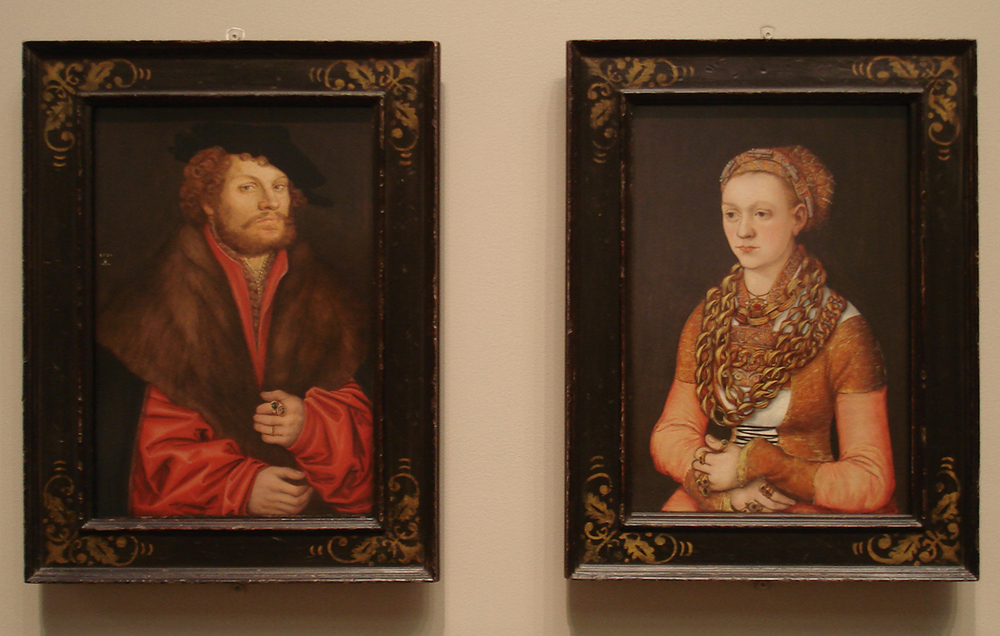
Lucas Cranach the elder (1472-1553), Moritz Buchner and Anna Buchner, 1520, o/panel, both 40.6 x 27.3 cm., Minneapolis Institute of Art
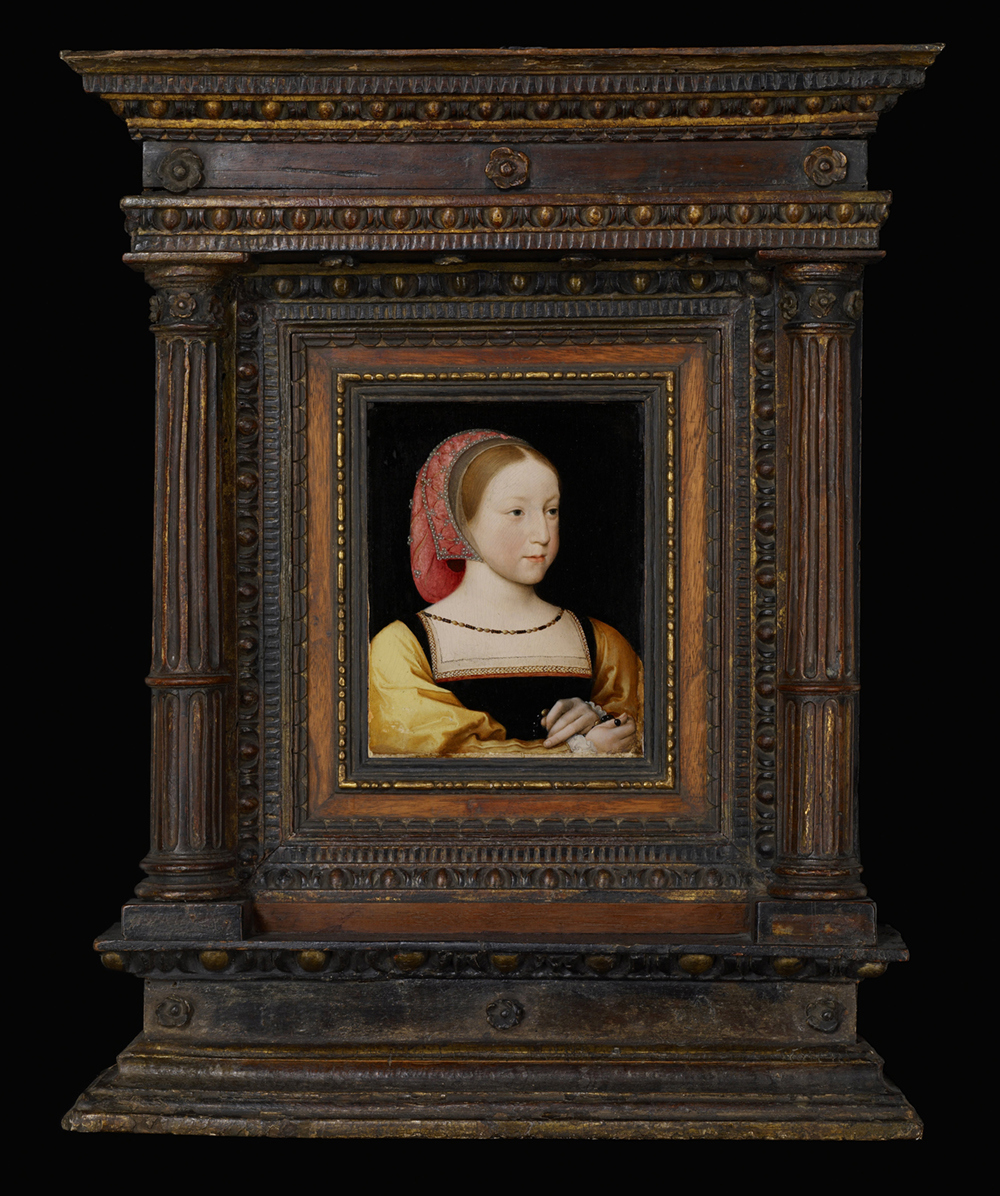
Jean Clouet the younger (1475-1541), Charlotte of France, c.1522, o/panel, 17.78 x 13.34 cm., Minneapolis Institute of Art
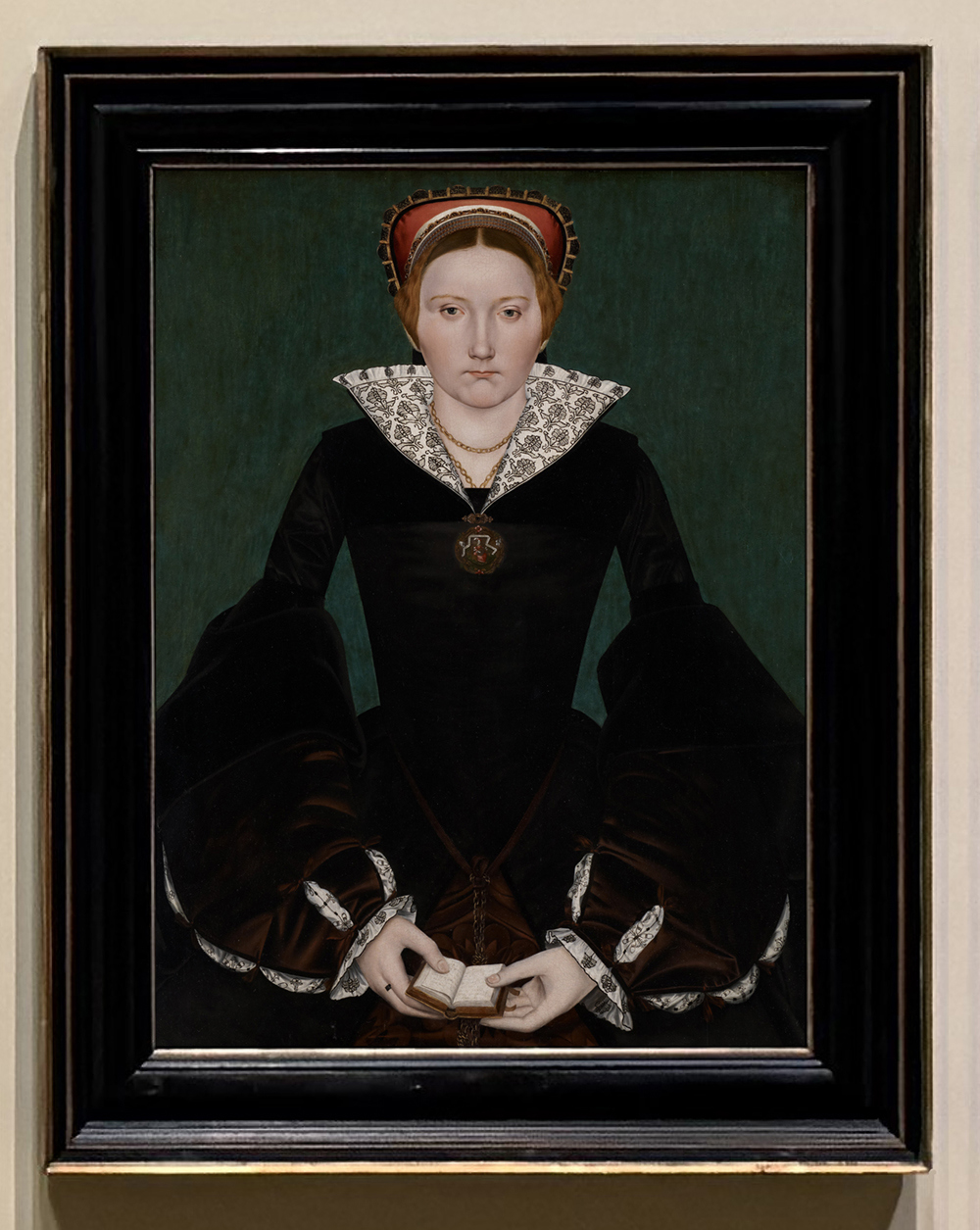
British School, 16th century, Portrait of a noblewoman (Cecily Bodenham?), c.1550, o/panel, 76.52 x 57.63 cm., Minneapolis Institute of Art
In the Minneapolis Institute of Arts, Georg Pencz's painting of Christina Schweitzer hangs with other Northern European portraits from the 16th century. This meant that not only did the painting itself need a period frame which would complement its own context, colouring and composition, but that this small part of a hang within the gallery needed to have an internal harmony which would enhance each portrait.
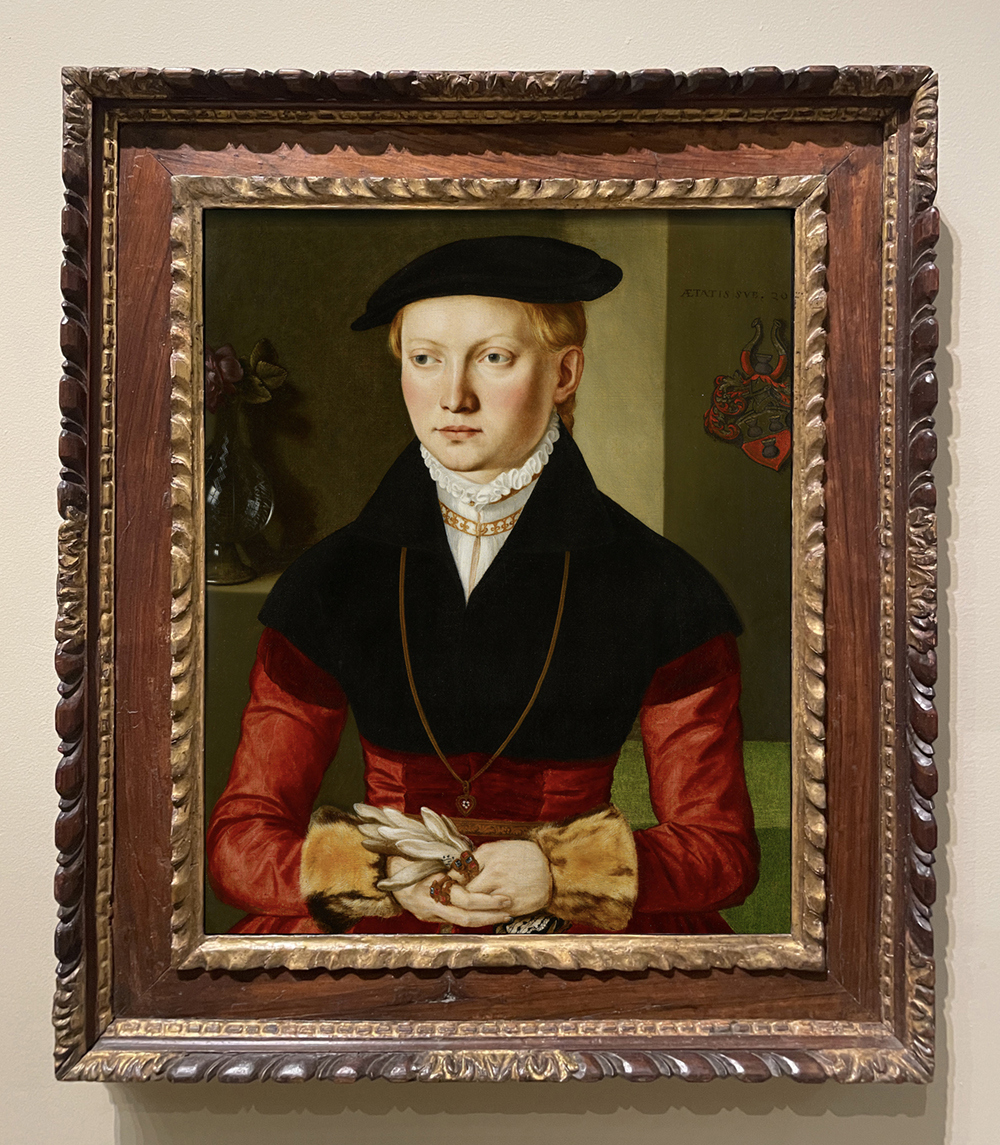
Georg Pencz (fl. c.1500/02-50), Portrait of a young woman (possibly Christina Schweitzer), 1547, o/c, 61.28 x 49.85 cm., reframed in a late 16th century north Italian parcel-gilt walnut cassetta. The historic frame is a gift of the Douglas and Mary Olson Frame Acquisition Fund
The solution offered by Paul Mitchell Ltd was a late 16th century Italian cassetta, with a fascia of polished and parcel-gilt walnut, and the width of rail to increase the presence of the portrait and expand the illusionary space around it. This pattern can be found on, for example, Titian's San Domenico in the Galleria Borghese collection in Rome (although it is probably not original to the painting, which was slightly enlarged in the 19th century); it is also found in Genoa.
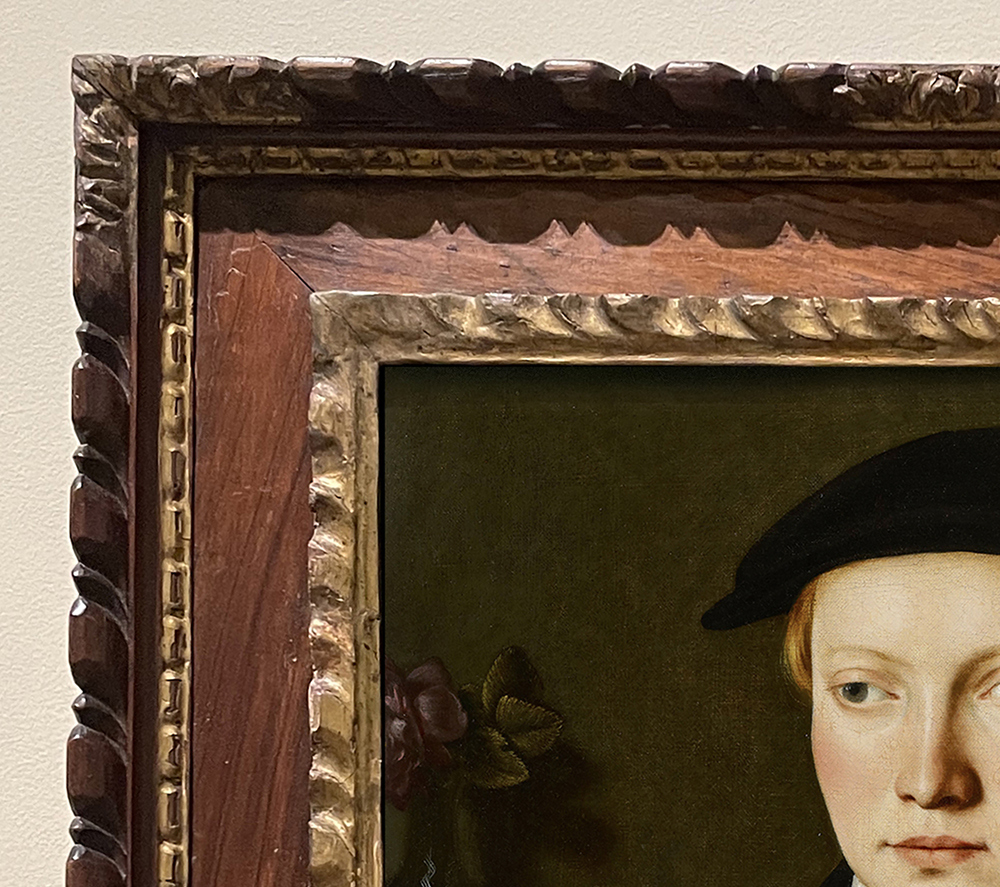
The top edge is carved in walnut with a gadroon-&-dart centred with gilded acanthus leaf tips and with acanthus corners; beneath this is an interrupted astragal, and the sight edge is carved with more roughly-cut centred and gilded gadrooning. The frieze is veneered with beautifully figured walnut on a pine back. The rosy brown tones of the wood throughout and the warm gold of the finish are particularly sympathetic to the colouring of the portrait - the reds of the costume and the Schweitzer coat of arms, the fox-coloured fur cuffs and hair of the sitter, and her flushed skin. The olive walls and grass-green tablecloth in the background provide a striking contrast both to the woman and her frame.
As well as the colouring, the scale of the ornament is particularly happy; it is proportionately small relative to the size of the frame, and echoes the delicacy of the goffered frill at the sitter's throat, her features, hair and jewellery, and the vase of flowers in the background. The raking forms of the gadroons catch the exterior light and animate the painting, whilst the gilding picks up and harmonizes with the golden interior light. This young woman, her identity mislaid for so long, now shines out from the wall she inhabits with her Northern European neighbours.
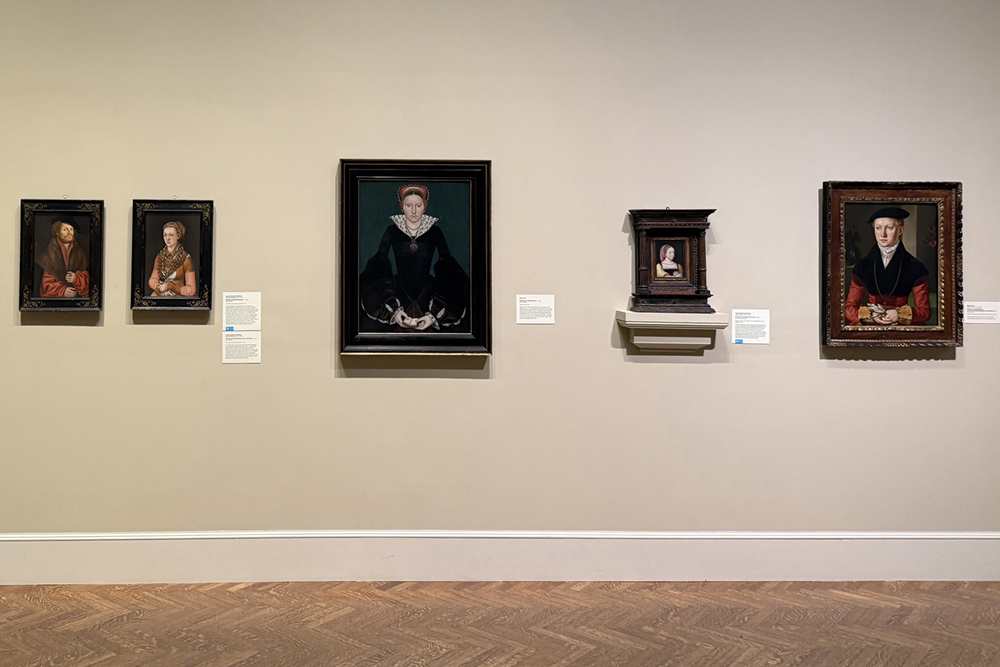
Categories
- Articles on multiple aspects of European frames
- Recent framing projects undertaken by Paul Mitchell Ltd
